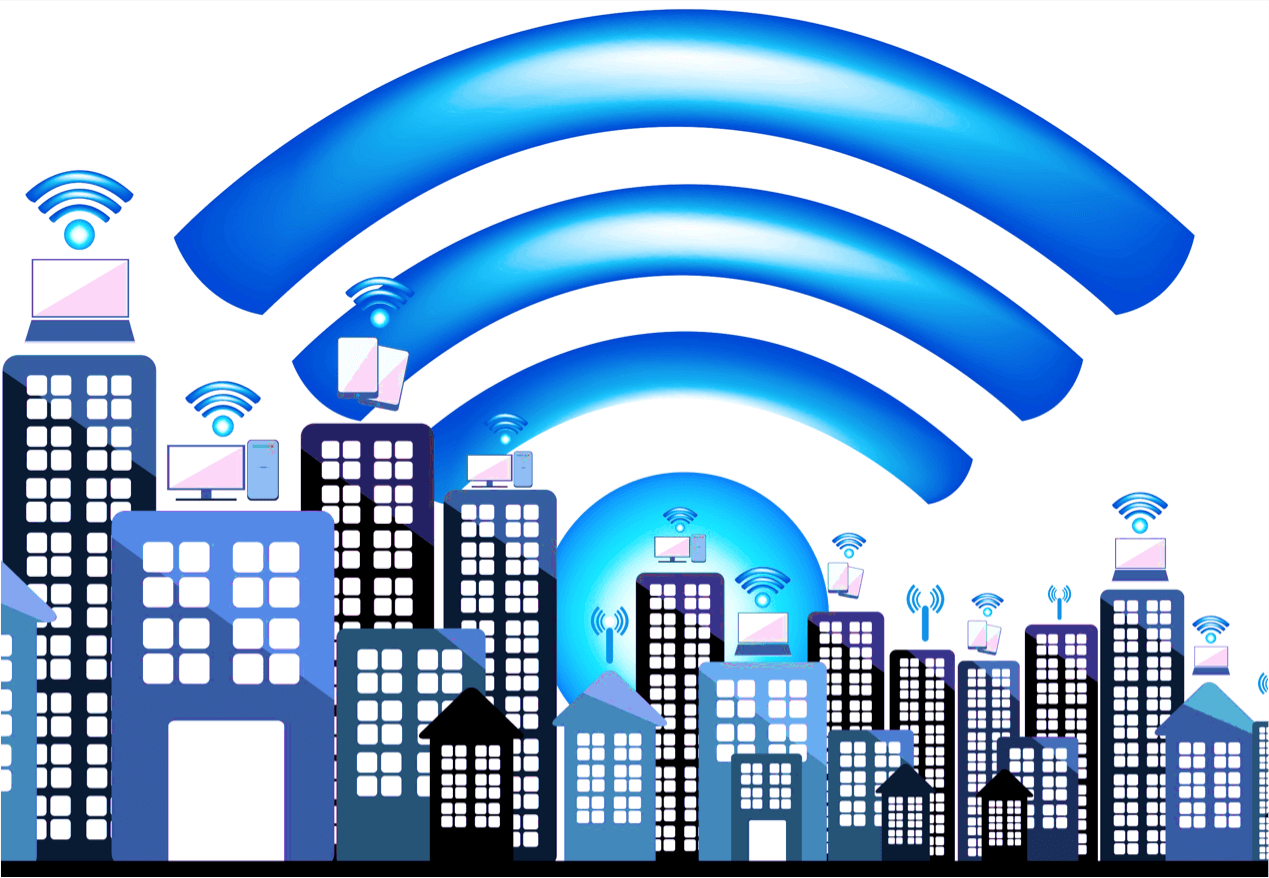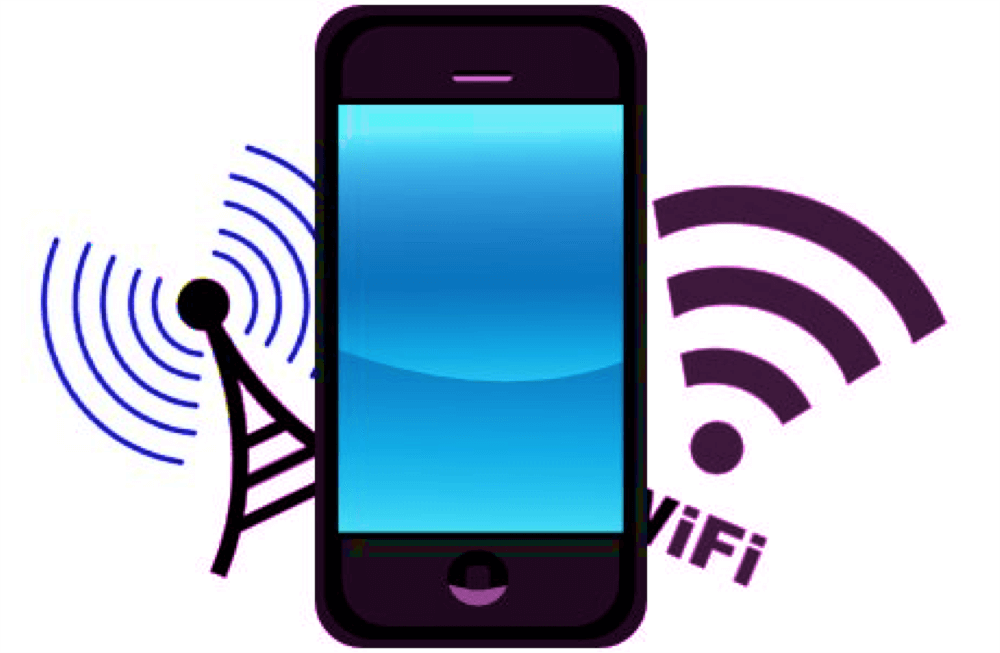The Development of Wi-Fi and Networks
Tia Winter | 9 November 2016For most people, it’s hard to imagine not having and using online and mobile technology. As connectivity, as well as almost every other area, continues to develop, things are only going to get smoother for us.
hard to imagine not having and using online and mobile technology. As connectivity, as well as almost every other area, continues to develop, things are only going to get smoother for us.
The connection speeds and performance of days gone by would certainly not be tolerated by many people today, and what we find incredible now could soon also simply be too out dated and considered too slow to connect to our favourite online casinos or any other site we’re interested in.
So where exactly have we come from, and where are we going?
A Brief History of Network Connections
The original iPhone used 2G, also known as GPRS or General Packet Radio Service, all the time. EDGE, often called 2.5G was the development that immediately followed 2G. Its theoretical speed is 4 kbps, but in reality it only ever reaches about half of that.
Unsurprisingly, EDGE filled the gap between 2G and 3G technology. The Third Generation doubled EDGE’s performance and HSPA+ is the latest form of 3G. It stands for High-Speed Packet Access and while different networks offer differ HSPA+ speeds, they’re all relatively fast.
Taking the title of fasted available network connectivity from HSPA+ is 4G. This is now used as the standard connection technology, with devices resorting to 3G, then 2.5G and then 2G options when 4G is inaccessible. It’s also sometimes called Long Term Evolution or LTE, and the latest version is 4.5G or LTE-A, the A standing for Advanced.
The Advanced LTE connections boost data speed and can handle more users coming onto the network. As more and more people are impressed with the developments in smartphones and their extended functionality, this can only be a good thing.
Some Anticipated Wi-Fi Improvements
 The gold standard for connectivity right now is, of course Wi-Fi, and the planned improvements will only serve to make the way this tech works even better. These include automated access, longer battery life for routers and better management of frequency interference.
The gold standard for connectivity right now is, of course Wi-Fi, and the planned improvements will only serve to make the way this tech works even better. These include automated access, longer battery life for routers and better management of frequency interference.
One of the most exciting Wi-Fi developments is WiGig, which should almost double Wi-Fi’s current top speed. The Wi-Fi Alliance, made up of industry heavyweights, has decreed that the time for moving forward with this technology is now and has established a standard for devices to meet and be certified as WiGig.
While incredibly fast, WiGig will only work over short distances and is referred to by insiders as In-Room technology. However, many applications are still opened up by WiGig including virtual Reality without thick, constraining cables. The technology has been used a little in the past, but is now to be deployed on a much larger scale.
Many people say that the future is the Internet of Things, where everyday objects have network connectivity that allows them to send and receive data. Wi-Fi will play an integral role in this and it’s exciting to see which direction this type of technology moves in next.

